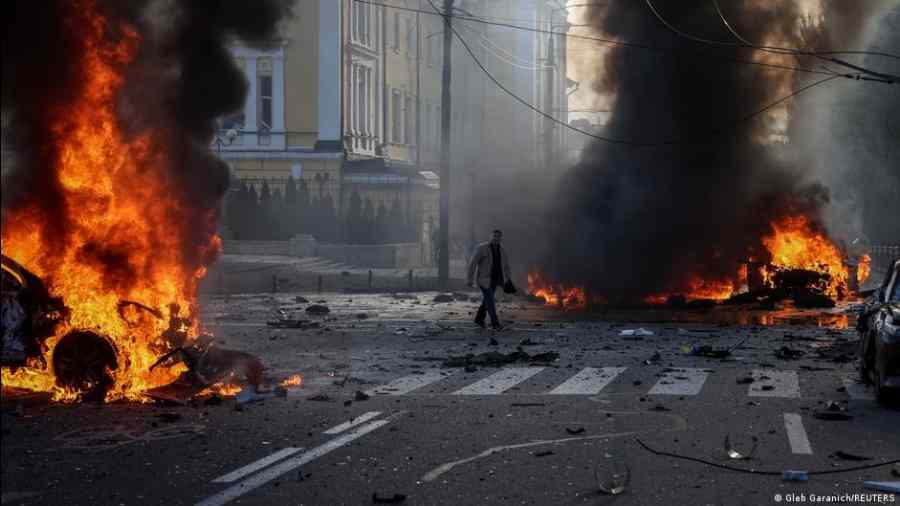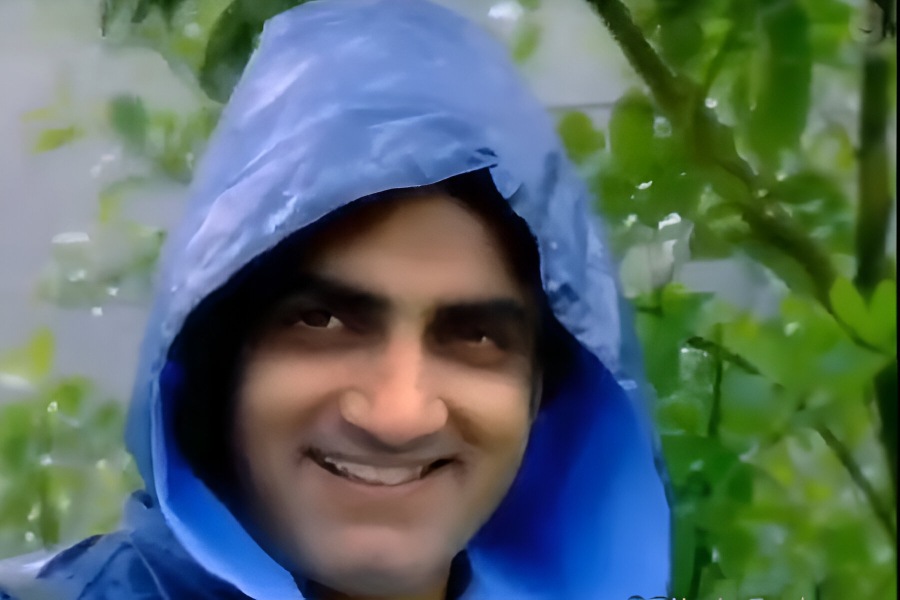As Moscow steps up its offensive in eastern Ukraine, weeks of failed attacks on a Ukrainian stronghold have left two Russian brigades in tatters, raised questions about Russia’s military tactics and renewed doubts about its ability to maintain sustained, large-scale ground assaults.
The battle for the city of Vuhledar, which has been viewed as an opening move in an expected Russian spring offensive, has been playing out since the last week of January, but the scale of Moscow’s losses there is only now beginning to come into focus.
Accounts from Ukrainian and western officials, Ukrainian soldiers, captured Russian soldiers and Russian military bloggers, as well as video and satellite images, paint a picture of a faltering Russian campaign that continues to be plagued by battlefield dysfunction.
In recent weeks, Moscow has rushed tens of thousands more troops, many of them inexperienced new recruits, to the front lines as President Vladimir V. Putin’s forces seek to demonstrate progress before the anniversary of his invasion on February 24. But raising further doubts about Russia’s offensive capabilities, Western officials estimate that a large part of Russia’s army is already fighting in Ukraine.
Britain’s defence secretary, Ben Wallace, told the BBC on Wednesday that “97 per cent of the Russian army” is in Ukraine, though he did not elaborate or offer evidence for the claim.
US military officials estimate that about 80 per cent of Russia’s ground forces are dedicated to the war effort.
The fighting over Vuhledar has come at a cost for Ukraine, too, both in terms of casualties and in the vast amounts of ammunition it has expended to repel Russia’s growing number of ground troops.
Kyiv’s allies this week expressed concern about their ability to meet the demand, raising the possibly that Ukrainian commanders might at some point have to limit shelling to the most important targets.
Vuhledar, which sits at the intersection of the eastern front in the Donetsk region and the southern front in the Zaporizhzhia region, has long been in Moscow’s sights.
It has been used by Ukraine as a base for harassing shipments on an important rail line supplying Russian forces. But as has happened in previous Russian offenses, including one in November, “the enemy suffered critical losses”, Colonel Oleksii Dmytrashkivskyi, a spokesman for Ukrainian military forces in the area, said in an interview.
He said the attacks on Vuhledar had been no surprise— the Russians even warned the Ukrainians of the coming assault through social media channels, in an apparent attempt to scare them.
“It was announced and spread,” Colonel Dmytrashkivskyi said. “It was done to diminish the morale of the fighters.”
New York Times News Service











